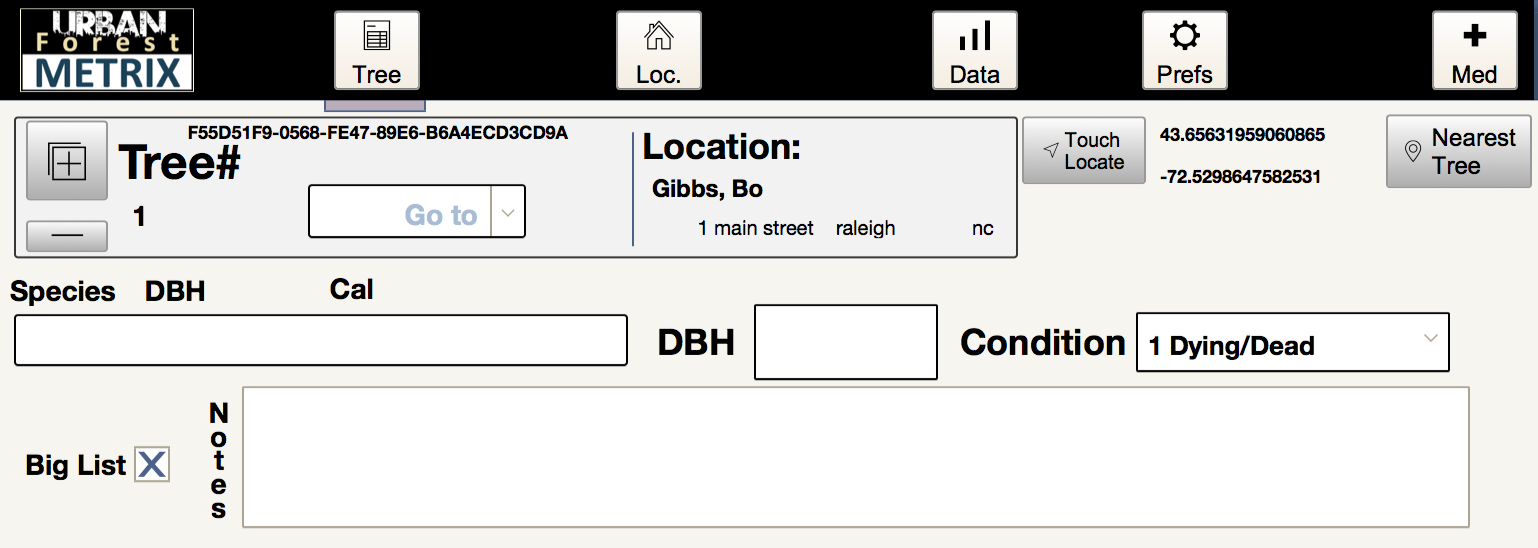Key Differences:
Super fast inventory taking
Same-day support
Simplest, most accurate mapping
Customization available
Free loading of legacy data
30-Day money-back guarantee
Cloud or non-cloud: your choice
Tree Inventories Made Both Simple and Powerful
The app is a tree inventory database easy enough for volunteers to use, but powerful enough to be used by arborists. This makes the system great for quick tree inventory creation, updating and management. Because it is cloud-compatible, people can use it at the same time, contributing to a map-centric, highly-usable data set.
A tree inventory either becomes useless quickly for lack of updating, or it rapidly becomes richer and richer – a “living inventory” – because staff find it easy to update. That requires a simple interface and lots of automations that make field staff want to have the system with them at all times. We made it our mission to make inventories the living kind.
30-Second Per Tree Interface
Field staff can quickly get basic information into the tree database without even breaking stride. For instance, they can put in geolocation, species, DBH, and maybe a few other key factors, all while walking to the next tree.
2-Minutes Per Tree Interface
In addition to the basic information, some inventories call for pictures to be taken. This might involve taking a picture of a tree on the approach to the stem, getting the entire tree into the frame. Field techs can take pictures of specific features, such as root ball, stem, branches, etc. for baselining the tree’s health for comparison in future visits.
Making things even faster, techs can make voice notes, with the system transcribing the audio into accurate text. This is great for quick notes, such as those about wire and sidewalk conflicts.
5-Minute + Per Tree Interface
When called for, deeper analysis can be noted about tree health conditions. This can range from full TRAQ risk assessments to the more common notation of specific issue dealing with a particular part of the tree – such as rot conditions, infestations and diseases.
Specific recommendations can be made for future prioritization and, potentially, assignment.






